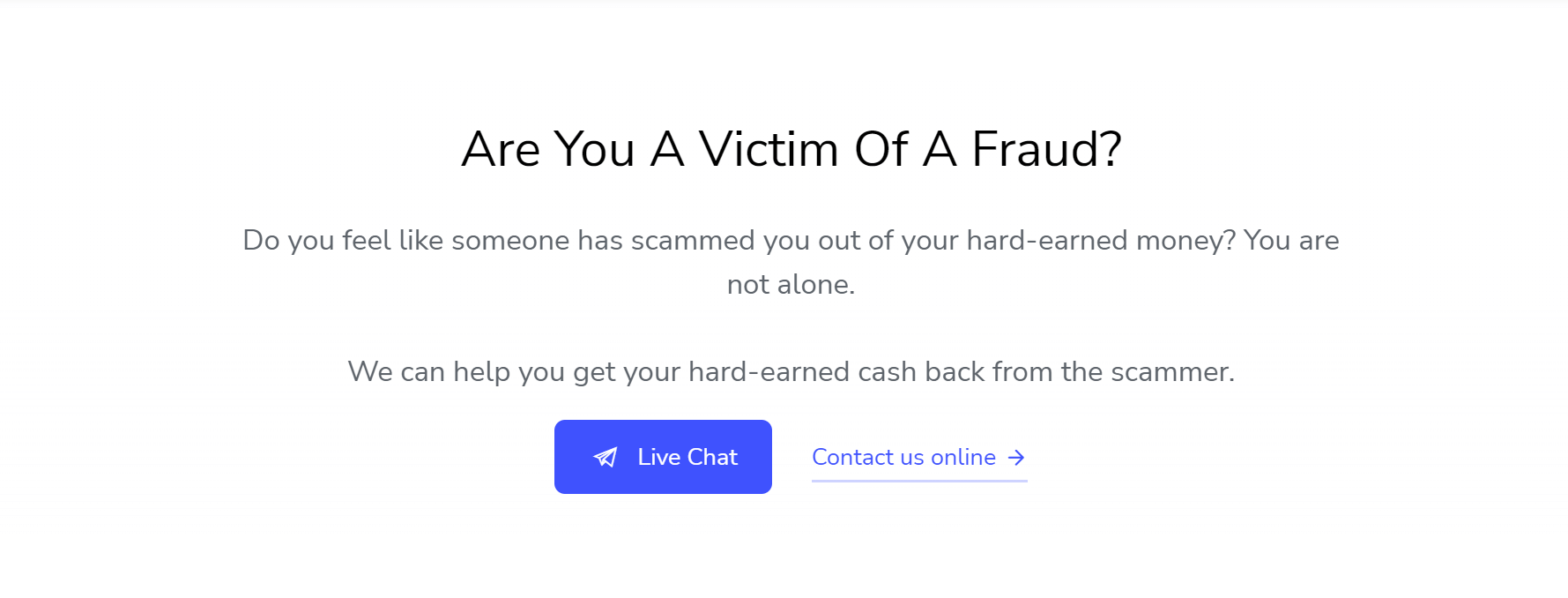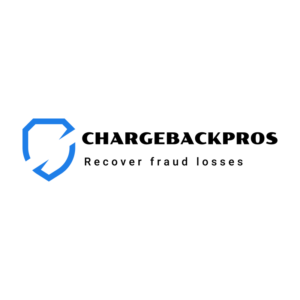Fighting Credit Card Chargebacks Like an Expert

cryptocurrency recovery services
Chargebacks are a significant and growing problem for merchants, especially in the e-commerce sector.
The past few years have seen even more retailers and customers make the leap to online shopping, and those who seek to abuse the chargeback system for their own benefit have been on a feeding frenzy.
If left unchecked, chargebacks can not only drain revenue but can also put a merchant’s account at risk of termination.
To get their chargeback problems under control, merchants need to avail themselves of a defensive strategy that includes both preventing chargebacks ahead of time and fighting them after they’ve been filed.
While prevention is always more efficient than any after-the-fact remedy, some chargebacks are very difficult to predict and prevent—in particular, the chargebacks that fall under the category of first-party misuse, or “friendly fraud.” Merchants can fight these chargebacks, win their cases, and take their revenue back.
In order to successfully fight chargebacks, merchants need to maintain thorough records of each order, craft a convincing rebuttal letter, and support it with compelling evidence. How can merchants use these tools to maximize their chances of winning credit card disputes?
When a cardholder disputes a charge and you either accept the chargeback or lose the dispute, you don’t just lose the product and the sale, you lose the marketing costs, the sales costs, the overhead costs, and the fees as well. A chargeback can cost a merchant more than double the amount of the original transaction.
When you have too many chargebacks on your record, banks and credit networks will begin to see the problem as originating on your end. In order to establish a threshold for what counts as “too many,” they look at your chargeback ratio, the number of chargebacks you have in proportion to your monthly transaction total. If that number climbs too high, you may face fines, restrictions, or even termination of your merchant account.
Fighting chargebacks and getting them reversed is not guaranteed to lower your chargeback ratio or get the fees you paid refunded, but it does allow you to recover the disputed transaction amount. Most importantly, it takes you off the list of easy targets that fraudsters share with each other. Merchants who passively accept fraudulent chargebacks are frequently victimized over and over again by those who seek to abuse the chargeback system for financial gain.
Another benefit of fighting chargebacks is that it gets you in the habit of researching and analyzing your chargebacks. This is an essential practice for determining the root causes of your chargebacks, giving you important insights into how you can make changes to your policies and operations that will help to prevent future disputes.
How Can Merchants Fight Credit Card Chargebacks?
Merchants can fight credit card chargebacks by submitting a rebuttal letter explaining their case along with compelling evidence to support it. This process is called representment. The issuing bank will review the case and make a decision.
Simple enough, right? In practice, however, fighting chargebacks is both an art and a science. There’s no one template that works for every issuing bank. While they have similar guidelines and requirements, each one makes decisions differently.
Even though the card networks dictate the rules for reversing or upholding chargebacks, not all issuers interpret these guidelines in the same way. Two different issuing banks can look at the same set of documents and arrive at two completely different decisions.
Smaller banks are a bit notorious for this, they have one-on-one relationships with some of their customers, and that can influence their decision to side with them over the merchant.
This can’t always be helped. You might not always get a fair outcome when you dispute a chargeback, but you can increase your chances of winning by providing the right documents. Per our experience, if you do everything right, you can expect a 65% to 75% success rate.
What Is a Chargeback Rebuttal Letter?
Rebuttal letters are a key ingredient in successful chargeback representment. Their purpose is to concisely explain the broad outline of the dispute, refute the cardholder’s dispute claims, and persuade the issuing bank to reverse the chargeback.
Brevity is your friend here. Think of it like being in front of a judge with two minutes to present your case. Your rebuttal letter should let the issuer know what your obligation to the customer was, whether you met that obligation, what communications transpired between you and the customer, and whether you ultimately refunded their money or not.
The rebuttal letter should fit on one page, running no longer than about 200 words. It needs to be sharp and precise so that the person reading it can understand it quickly.
Your letter should also itemize the supporting documents you’re including and reference your chargeback case number on the upper left side of the page. Make sure your letter and supporting documents are in black and white — most banks will scan them and convert them to grayscale upon receipt, and color printing can cause legibility problems.
What Constitutes Compelling Evidence for Fighting Chargebacks?
When you look up a chargeback reason code, it should tell you exactly what type of evidence is needed to get the chargeback reversed. Evidence can be considered compelling when it clearly matches the criteria specified by the card network.
Examples of compelling evidence might include the results of fraud prevention checks and customer authentication methods, records of previous purchases, and case-specific evidence like delivery confirmation.
If you’re going to enter chargeback representment, the first thing you need to do is make sure you have records of an AVS and CVV match for the transaction. Without that, you won’t be able to win most disputes.
In order to have that information, as well as all the other evidence you’ll need to successfully fight a credit card chargeback, you’ll need to keep thorough records of every order you accept.
Make sure the evidence you include is relevant to the reason code for the chargeback. Every chargeback representment case goes to a person who manually examines the evidence. Don’t assume that these bank employees have a lot of time to review and ponder the information they’re given.
Think about how you can provide an explanation and evidence that can be read and understood within about five minutes. You need to give the person reviewing your case only what they need to make the right decision in a short amount of time.
If you send along twenty or thirty pages of evidence, you’re going to lose. Nobody has time to read that, and whoever is reviewing your case is more likely to get lost in the unnecessary detail than see it as proof of your case.
Examples of Good Supporting Documentation for Representment
Here are some examples of other documents you may want to submit:
- A transaction receipt. You can obtain this from your payment gateway. It should confirm the AVS and CVV match, showing that the cardholder really is the same person who made the transaction. Stolen cards will rarely match both.
- The order invoice. Make sure it fits on a single page. It should specify what was sold, when the sale was made, who the customer was, and should contain a billing address, shipping address, and tracking number.
- Tracking confirmation. The issuing bank won’t have time to look up the tracking number, so make sure you look it up yourself and print out confirmation that the parcel was delivered to the purchaser. If the dispute involves digital goods, try to provide some kind of information that confirms that the customer actually received and used the product.
- Your website’s terms and conditions. Don’t print out the irrelevant parts, just the specific sections that pertain to the chargeback dispute. Highlight selected passages for clarity if needed.
- A copy of your checkout page. This should show proof that the customer checked a box indicating that they agreed to your terms and conditions.
Advanced Chargeback Fighting Techniques
No single template will fit every dispute or be equally compelling to every issuing bank.
Over time, you can learn what kinds of letters and documents are effective for which banks. Not sure what bank you’re going to be dealing with in a chargeback dispute? The first six digits of the customer’s credit card number can tell you.
If you find yourself consistently losing disputes with a particular bank, adjust your letter and the ways in which you format your supporting evidence. You can do A/B testing to determine what type of approach works best for that particular bank. (We told you fighting chargebacks was an art and a science!)
With time, experience, and experimentation, you can increase your win ratio and become a true master at fighting chargebacks. Of course, if you don’t want to wait that long, you can always enlist the help of a professional chargeback management company to fight your chargebacks for you and find ways to prevent them from happening in the first place.
A chargeback management company will have more experience fighting chargebacks than any merchant, giving them a wealth of data on the quirks and preferences of most major issuing banks. They can use this data to achieve a greater level of success in representment, recovering more revenue for the merchant.
FAQ
How Do You Fight Friendly Fraud Chargebacks?
Collect your evidence, write a compelling rebuttal letter, and speak to the concerns of the issuing bank and the dispute the cardholder has raised. If the chargeback is friendly fraud, the issuing bank will have to decide based on the evidence.
What Does it Take to Prevent Chargebacks Before They Happen?
Great customer service, effective fraud prevention, and clear billing descriptors are some of the best options. Chargeback prevention alerts can also help, especially for merchants who need to reduce their chargeback ratio quickly.
Does a Chargeback Hurt You Even if You Win?
Chargebacks still affect your chargeback ratio, even if you win. Too many chargebacks, even if successfully disputed, can mark you as high-risk.
Thanks for following the Chargeback Gurus blog. Feel free to submit topic suggestions, questions or requests for advice to: Info@chargebackpros.org











